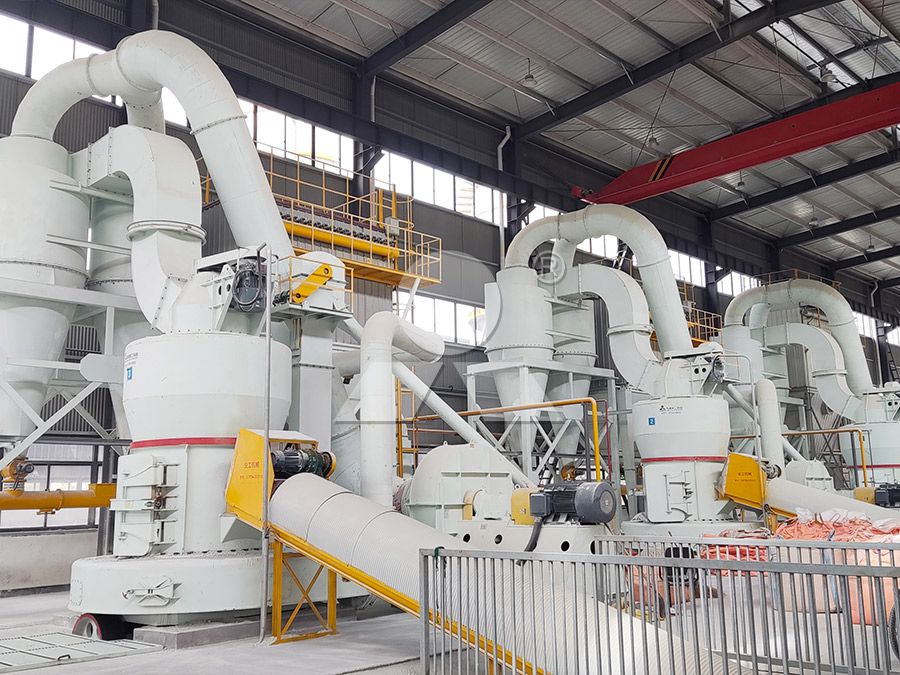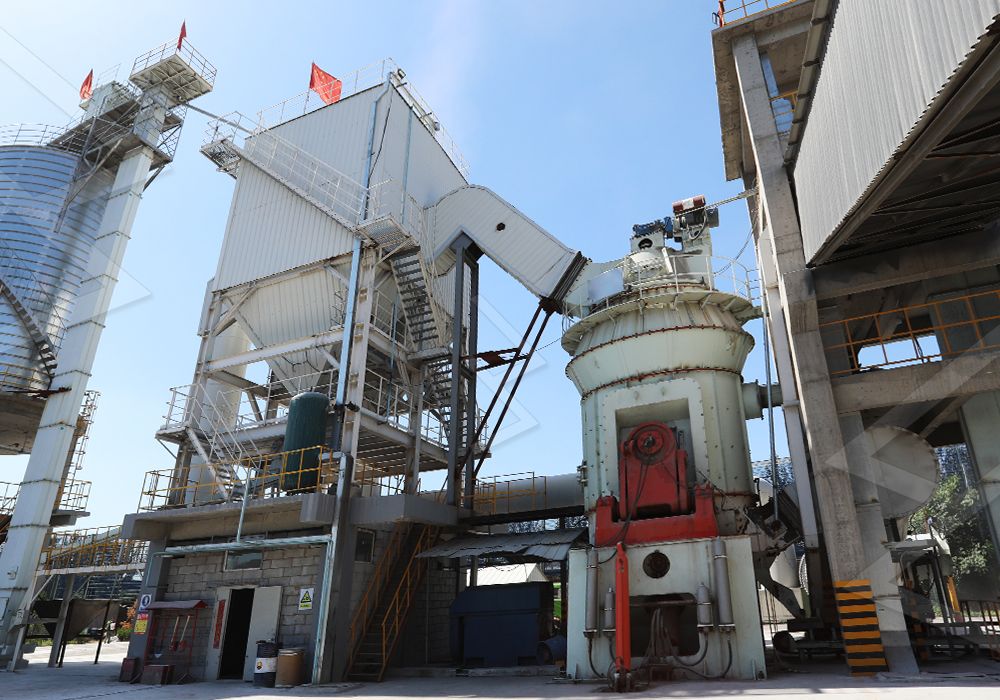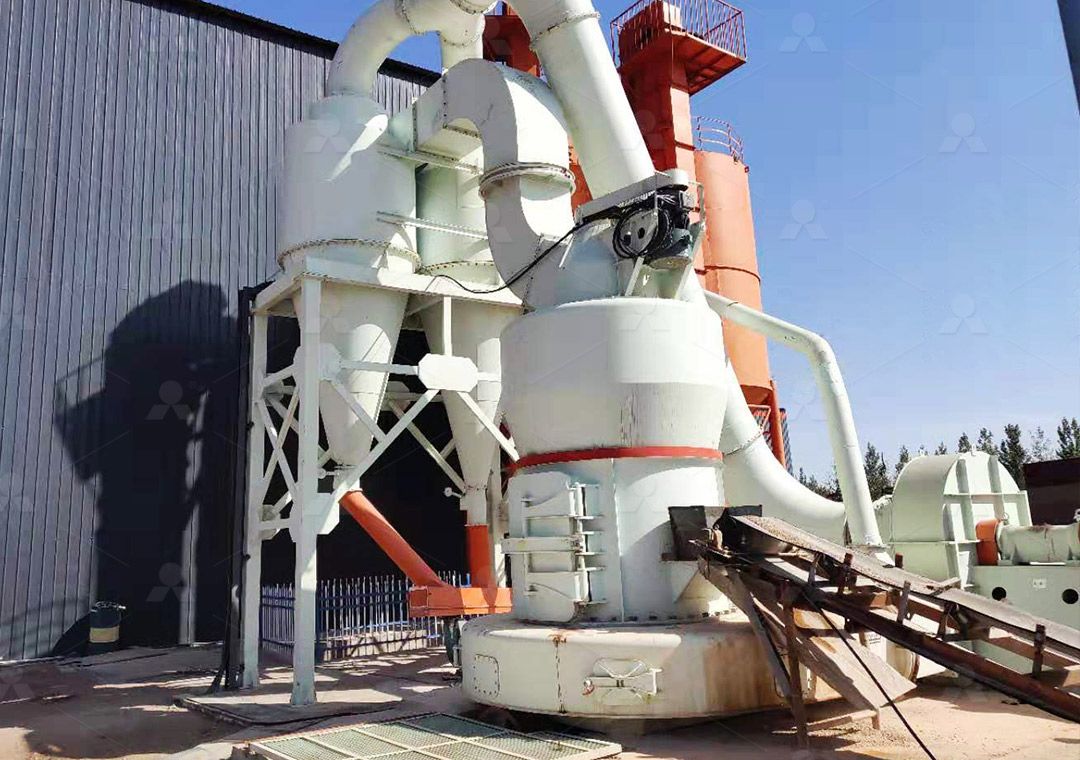Fabric Expansion Joints for Vertical Mill Fans: Selection, Installation, and Maintenance Guide
Fabric Expansion Joints for Vertical Mill Fans: Selection, Installation, and Maintenance Guide
In the demanding environment of vertical mill systems, fabric expansion joints play a critical role in ensuring operational integrity, reducing vibration transmission, and compensating for thermal growth and misalignment. Proper selection, installation, and maintenance are paramount to maximizing equipment lifespan and minimizing costly downtime. This guide outlines best practices for these essential components.
Selection Criteria: Choosing the Right Joint
Selecting the appropriate fabric expansion joint is not a one-size-fits-all process. Key factors must be considered:
- Temperature: The continuous and peak operating temperatures of the system dictate the type of fabric and insulation required.
- Pressure: Both positive and negative operating pressures (vacuum) must be accounted for to prevent collapse or over-extension.
- Media: The chemical composition of the gas stream (e.g., abrasive limestone dust, corrosive elements) determines the necessary chemical resistance of the membrane.
- Movement: The joint must be rated for the specific axial, lateral, and angular movements it will encounter.
For high-efficiency mills handling ultra-fine powders, such as our MW Ultrafine Grinding Mill (0.5-25 tph capacity, 325-2500 mesh fineness), the expansion joint must handle fine particulate-laden air while maintaining a seal. Its efficient pulse dust collector system reduces the dust load, but the joint must still be constructed from an abrasion-resistant material like silicone-coated fiberglass.

Installation Best Practices
A high-quality joint can fail prematurely if installed incorrectly. Follow these steps:
- Inspection: Unroll and inspect the joint for any shipping damage before installation.
- Alignment: Flanges must be parallel and aligned. Never force the joint into position, as this creates pre-stress.
- Bolting: Use all specified bolt holes. Tighten bolts gradually and evenly in a star or criss-cross pattern to ensure a uniform seal without distorting the flanges.
- Flow Direction: Install the joint with the flow direction marker pointing correctly. The internal liner is designed to protect the carcass based on flow.
- Avoid Compression: Do not over-compress the joint. Install it in a neutral position unless otherwise specified for cold spring.

Ongoing Maintenance and Inspection
Proactive maintenance is cheaper than reactive repairs. Integrate expansion joint inspection into your regular maintenance schedule:
- Visual Inspection: Look for signs of wear, abrasion, fraying, chemical degradation, or UV damage (if exposed to sunlight).
- Leak Check: During operation, check for visible dust leakage, which indicates a compromised seal.
- Bolt Check: After the first heat cycle, re-torque flange bolts, as gaskets may settle.
- Record Keeping: Document the installation date and all inspection observations to track performance over time.
For mills designed for longevity and minimal maintenance, like our LUM Ultrafine Vertical Grinding Mill (5-18 tph capacity, featuring reversible structure for easier maintenance), having a reliable expansion joint complements the mill’s design philosophy of worry-free operation and reduced shutdown losses.

Conclusion
Fabric expansion joints are vital, yet often overlooked, components in vertical mill fan systems. A methodical approach to their selection based on application requirements, careful installation, and a consistent maintenance routine will significantly enhance system reliability, protect downstream equipment, and ensure continuous, efficient production.
